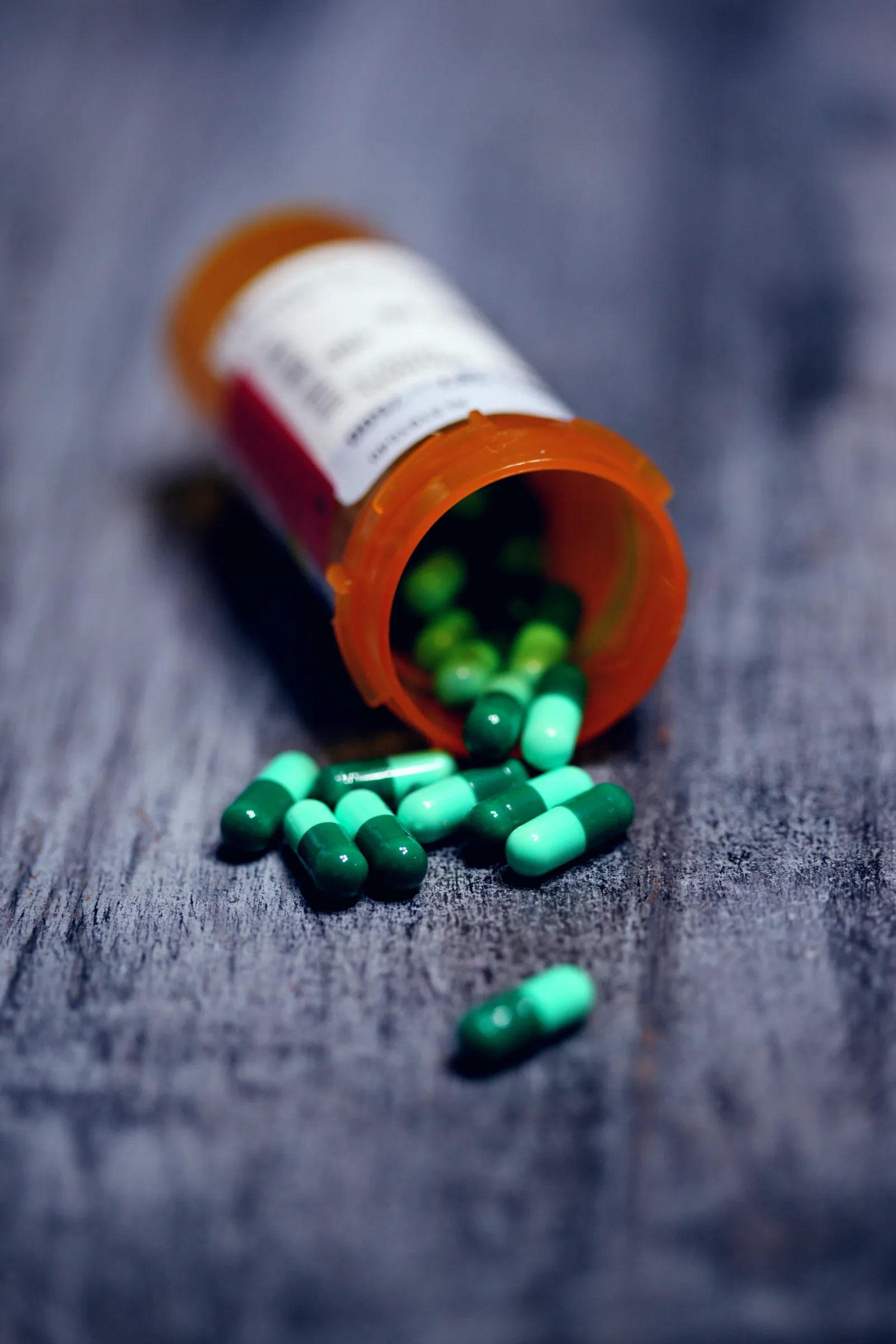
A valid prescription for a controlled substance must be issued for a legitimate medical purpose by a registered practitioner acting in the usual course of sound professional practice. The prescription must be written in ink or indelible pencil or typewritten and must be manually signed by the practitioner. While an individual may be designated by the practitioner to prepare the prescriptions for his/her signature, prescriptions for schedule II-controlled substances must be written and be signed by the practitioner.
Opioid Crisis In America
That didn't stop a New Orleans-area woman from using a "stolen prescription template to create fraudulent prescriptions for opioids and then used those prescriptions to distribute approximately 312,050 milligrams of oxycodone pills on the black market," said Acting Assistant Attorney General Cronan of the Justice Department's Criminal Division. According to the U.S. Department of Justice announcement, Danielle Nicole Lesslie was charged and pleaded guilty to a one-count Information with conspiracy to acquire and obtain possession of oxycodone through fraud and to possess with the intent to distribute oxycodone. The announcement goes on to say she used her knowledge and expertise in the medical field to generate numerous fraudulent prescriptions, resulting in a substantial number of pills on the street. In many instances, these pills were sold for profit by Lesslie in an effort that ultimately contributed to the overall opioid epidemic.
This announcement is an opportunity to look at what can prescribers do to ensure the safety of prescription templates. The U.S. Department of Justice Diversion Control Division Practitioner's Manual includes required controls and procedures to guard against theft and diversion of controlled substances. Section III of the Practitioner's Manual also includes the following Safeguards for Prescribers:
- Keep all prescription blanks in a safe place where they cannot be stolen; minimize the
a number of prescription pads in use. - Write out the actual amount prescribed in addition to giving a number to discourage
alterations of the prescription order. - Use prescription blanks only for writing a prescription order and not for notes.
- Never sign prescription blanks in advance.
- Assist the pharmacist when they telephone to verify information about a prescription order; a corresponding responsibility rests with the pharmacist who dispenses the prescription order to ensure the accuracy of the prescription.
- Contact the nearest DEA field office (see Appendix E) to obtain or to furnish information regarding suspicious prescription activities.
- Use tamper-resistant prescription pads.
While these safeguards are by no means all-inclusive, they do provide a good starting point for ensuring security measures are in place for prescription pads and prescription templates.

